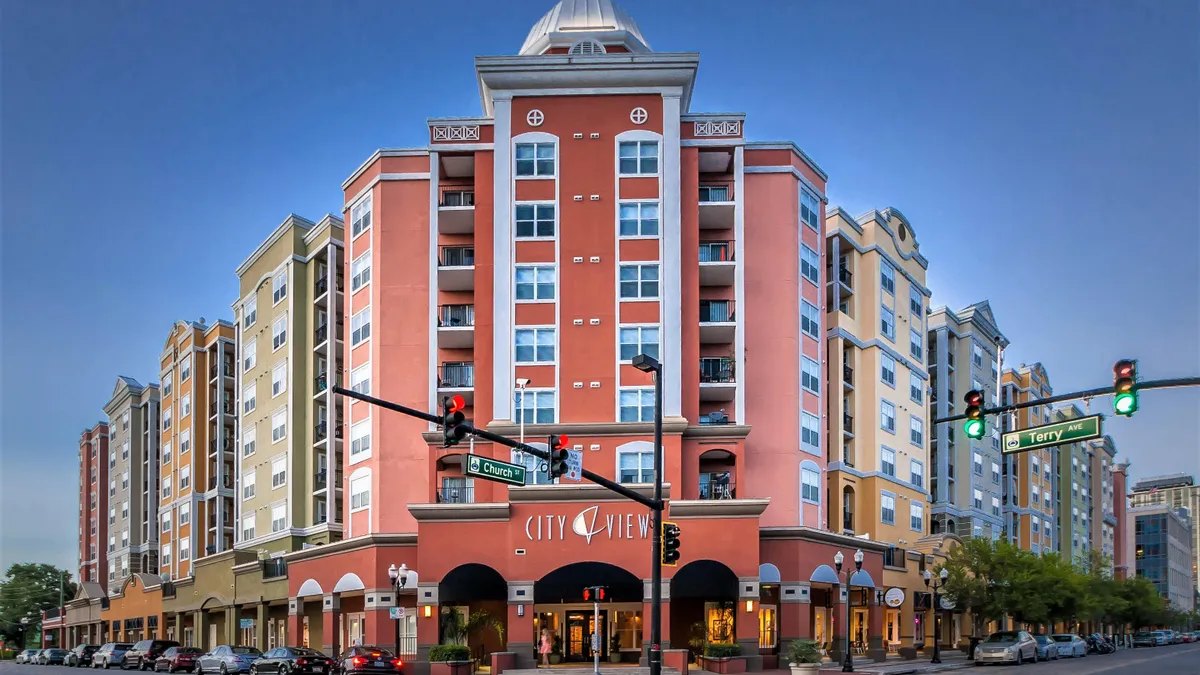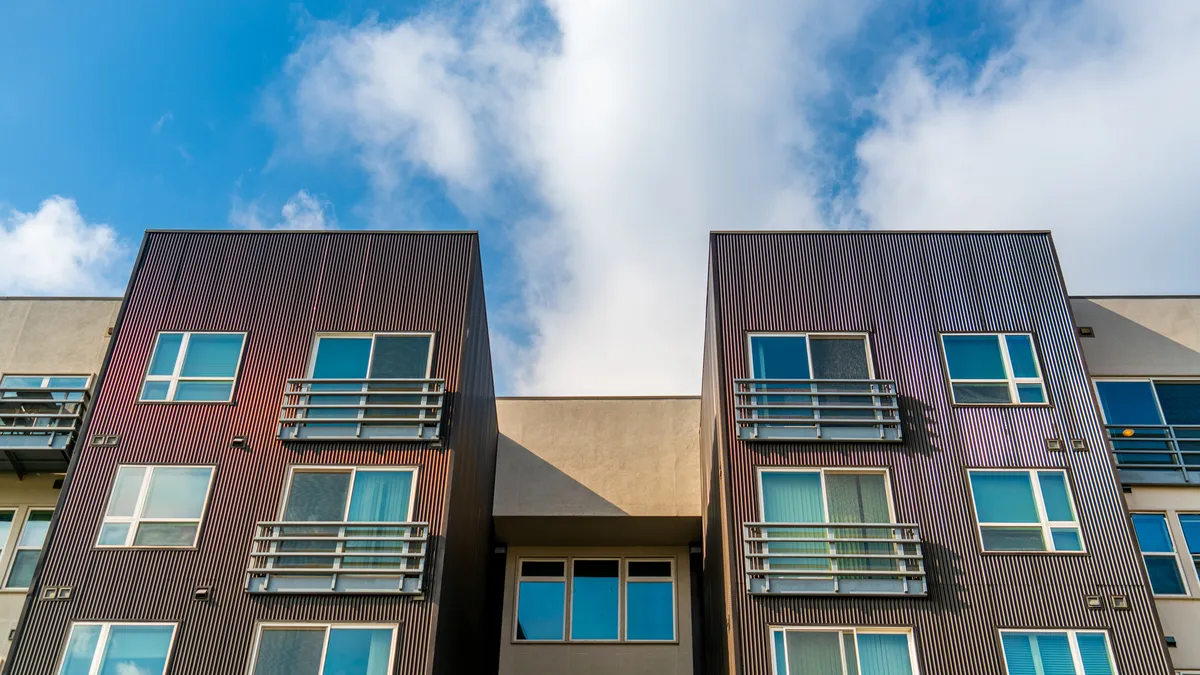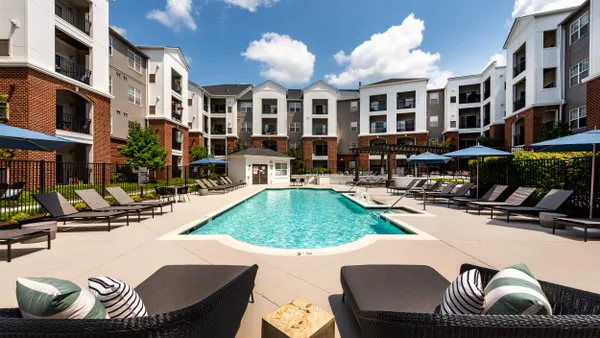As he watched interest rates continue to rise this year, Daryl Carter, CEO of private real estate investment management firm Avanath Capital Management decided to do a little investigating: He looked back through the Treasury rates for each of the 41 years he has been in business, and what he found was that, despite recent increases, rates have been at or lower than the current level for only eight of those years — roughly 20% of his career. For the rest of the time, they were higher.
“I can assure you that for the other 30-plus years, I was getting things done. In the historical sense, we're still at low rates,” said Carter, a past chairman of the National Multifamily Housing Council and a leader in the affordable housing space. “In a ‘last-five-years' sense, they're double what they’ve been. But I think people who have been around the business for a long time understand that it's not a reason to panic.”
In Carter’s opinion, it’s also not a time to stop making deals. In September, Avanath Capital acquired City View, a mixed-use, mixed-income property in Orlando, Florida, for $62.5 million. The property, which includes 266 total units (and 131 affordable apartments) and 24,865 square feet of retail space. With that deal, the company, which has a strong presence on the East and West coasts as well as in Texas, Illinois and Michigan, has more than 1,500 units across six properties in Florida.
Here, Carter talks with Multifamily Dive about the demand for affordable housing, changes brought by the pandemic and the impact of rising interest rates on the market.
This interview has been edited for brevity and clarity.
MULTIFAMILY DIVE: How are your affordable properties performing?
DARYL CARTER: The demand for affordable rental properties continues to increase every day. We just simply don't have enough apartments to serve people. Our average rent is $1,300 a month, and that includes New York City, Los Angeles and San Francisco — very high-cost markets. Most of our communities are operated with a 100% waiting list, and our turnover is low, probably less than 15%. So the fundamentals of the business have never been better — the asset performance has been extraordinary and continues to be extraordinary.
How did the COVID-19 pandemic change what you offer your residents?
You could not use any of our common areas, including the exercise facilities, during the pandemic. We offered our residents a free virtual gym membership to a service called Wellbeats. Our residents have loved that and we are continuing it.

Our ability to do more virtual leasing has been enhanced over the last three years. People have done virtual leasing in the market-rate arena for a while, but we're doing a lot more of that in affordable communities. It requires a lot more coordination because of all the forms that we need to income-qualify someone for affordable housing.
How have interest rate increases affected transaction volume?
We've been active. We probably bought $1.5 billion of new acquisitions in the last year and a half and we still have an appetite to buy more. Certainly, the increase in interest rates has made transactions a little more challenging, but we're still getting some things done.
Are there special challenges for buyers and sellers of affordable properties?
You certainly have to underwrite carefully and cap rates have gone up, which means values have come down. But we don't see it to the same degree in the affordable space.
One reason is that the fundamentals are strong; the other thing with the affordable business is that we can increase our rents with increases in area median income, and area median incomes in the markets we are in this year went up about 12%. Now, we're not going to capture all of that rent increase in one year. But over time, we will. So the fundamentals are continuing to be very strong.
What have the huge, market-rate apartment rent increases done for affordable housing demand?
If AMI goes up 12%, more incomes will fit into the affordable basket. So, I do think these double-digit rent increases certainly steer people to look for alternatives. In our business — 85% of which is rent-restricted, affordable housing — a resident pays 30% of their income. Our resident base is so sticky and people don't move out because they're paying 30% of their income, and we make our communities nice and they want to stay.
Click here to sign up to receive multifamily and apartment news like this article in your inbox every weekday.











